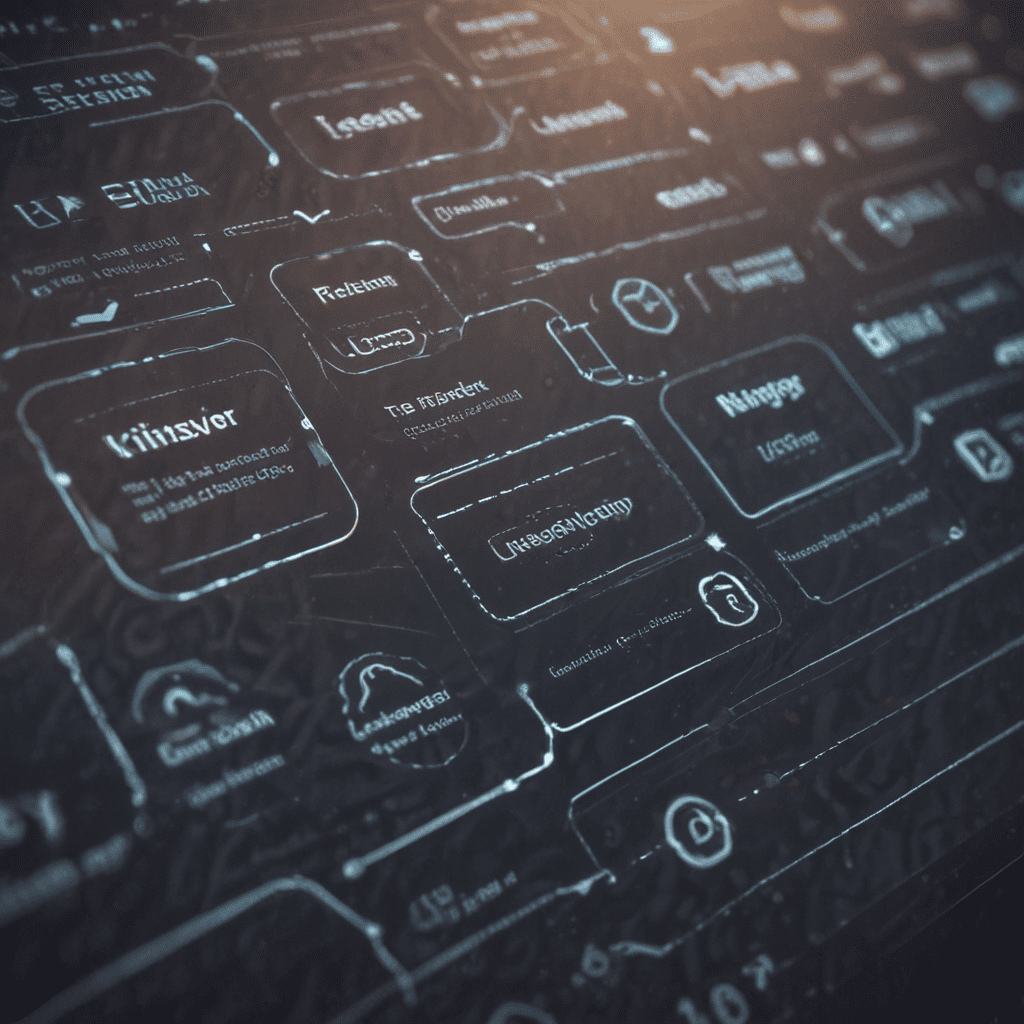
The Future of User Experience (UX) Design in Machine Learning
## Introduction
As machine learning (ML) technology advances, the field of UX design faces unprecedented challenges and opportunities. The future of UX in ML holds immense potential for enhancing user experiences, driving innovation, and shaping the way we interact with AI-powered systems. This article explores the evolving role of UX design in ML, highlighting key trends and strategies that will shape the future of this transformative field.
## The Evolving Role of UX Design in ML
Traditionally, UX design focused on creating intuitive and user-friendly interfaces. However, in the context of ML, UX designers must delve deeper to understand the complex interactions between users and AI systems. They must consider how ML algorithms affect user behavior, cognitive load, and ethical implications. As ML becomes more prevalent in various aspects of our lives, UX designers will play a pivotal role in ensuring that these systems are accessible, trustworthy, and beneficial to users.
## Personalization and Tailored Experiences
ML enables the creation of highly personalized experiences that adapt to individual user preferences and contexts. UX designers will leverage ML algorithms to customize interfaces, content, and recommendations, enhancing user engagement and satisfaction. By understanding user behavior patterns, ML can identify opportunities for tailored experiences, such as personalized search results, dynamic content recommendations, and proactive assistance.
## Ethical Considerations and Bias Mitigation
As ML systems become more powerful, ethical considerations become paramount. UX designers must address potential biases and ensure that ML-powered experiences are fair, inclusive, and free from discrimination. They will need to collaborate with data scientists and ML engineers to implement bias mitigation strategies, such as data scrubbing, algorithm auditing, and user testing to identify and eliminate biases that could negatively impact user experiences.
Immersive and Multimodal Interactions
The future of UX in ML embraces immersive and multimodal interactions that enhance user experiences. UX designers will explore virtual and augmented reality (VR/AR) technologies to create engaging and interactive experiences that leverage ML algorithms for object recognition, spatial mapping, and personalized content delivery. Additionally, ML will enable natural language processing (NLP) and speech recognition systems to facilitate seamless and intuitive interactions with ML-powered systems, revolutionizing the way users access and engage with information.
AI-Assisted Design Tools and Automation
UX design will be transformed by AI-assisted design tools and automation. ML algorithms will assist designers in optimizing user interfaces, identifying usability issues, and generating design alternatives. These tools will empower designers to work more efficiently and effectively, freeing up time for them to focus on high-level strategic thinking and user research. Automation will also play a crucial role in streamlining repetitive tasks, such as image optimization, color scheme generation, and content curation.
Design for Cognitive Load and User Attention
As ML systems become more complex, UX designers must prioritize cognitive load and user attention. They will optimize interfaces to minimize mental effort, reduce distractions, and guide users through complex tasks seamlessly. ML algorithms can analyze user behavior and interaction patterns to identify areas where cognitive load can be reduced, allowing for more intuitive and engaging experiences.
Data-Driven UX Insights and Analytics
Data-driven insights and analytics will become increasingly important in UX design for ML. UX designers will leverage ML algorithms to collect and analyze user data, such as interaction logs, system usage patterns, and feedback. These insights will inform design decisions, enable iterative improvements, and provide a deeper understanding of user needs and preferences. By harnessing the power of data, UX designers can create experiences that are both user-centric and data-driven.
UX Design for Accessibility and Inclusivity
UX designers must prioritize accessibility and inclusivity in the design of ML-powered experiences. They will work closely with user experience experts and disability advocates to ensure that ML systems are usable and accessible to all users, regardless of their abilities or disabilities. ML algorithms can be employed to identify potential accessibility barriers and develop adaptive interfaces that cater to diverse user needs.
FAQs
Q: What skills do UX designers need for ML-related work?
A: UX designers working in ML require a solid understanding of ML concepts, user research methods, and accessibility guidelines. They should also be proficient in data analysis and visualization techniques.
Q: How can ML enhance UX design processes?
A: ML algorithms can assist in optimizing user interfaces, generating design alternatives, and identifying usability issues. They can also analyze user data to provide insights that inform design decisions and improve user experiences.
Q: What are the ethical considerations for UX designers in ML?
A: UX designers must consider potential biases, privacy concerns, and accessibility issues when designing ML-powered experiences. They should collaborate with data scientists and engineers to implement bias mitigation strategies and ensure that systems are fair, inclusive, and beneficial to all users.


